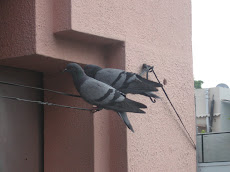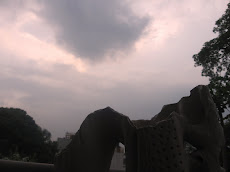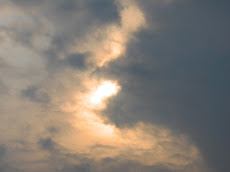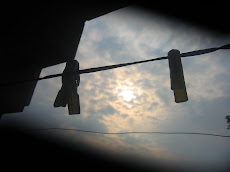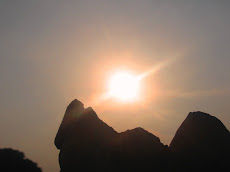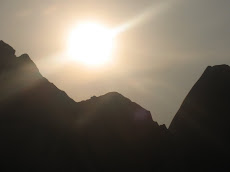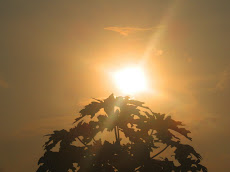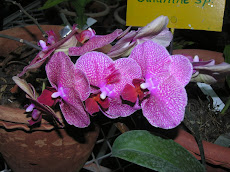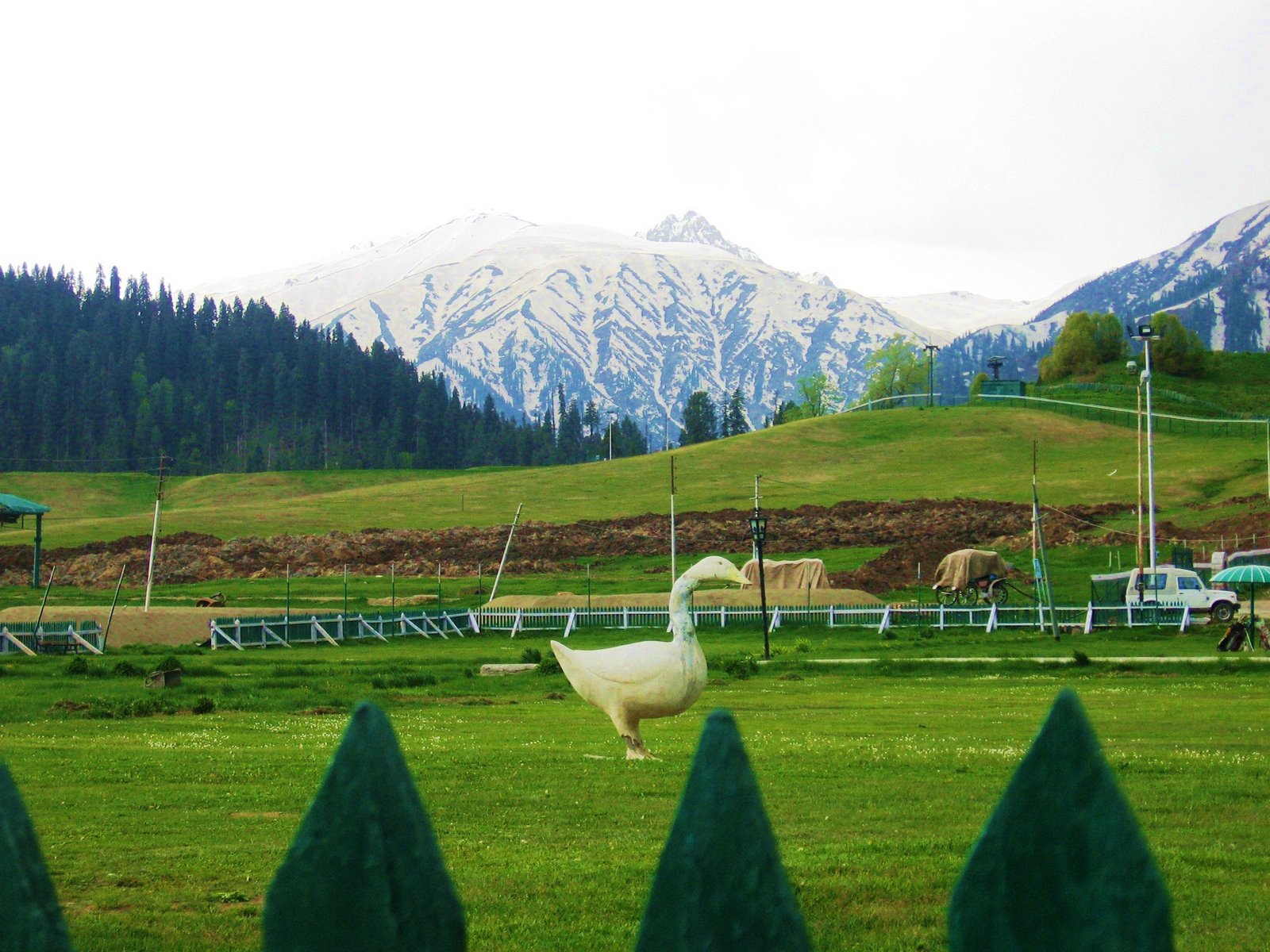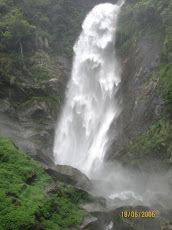 Switzerland or Helvetia is not only a paradise to look at but it is also one of the top-most tourist and business destinations. Practically everyone desires to visit this wonderland, at least once in a life time. I have been fortunate to have visited this breathtakingly beautiful country, four times. The last visit in March 2006 is going to be the most memorable one, not only in terms of coverage but also in content. It began with a tourist like visit to Geneva, to culminate with purely official business interaction at Zurich, the tiny country’s biggest and most populous city. However, the visits to Sion, Vissoie, Interlaken and Schilthorn were not only special from unspoilt beauty point of view but also the thrill of adventure, one was exposed to.
Switzerland or Helvetia is not only a paradise to look at but it is also one of the top-most tourist and business destinations. Practically everyone desires to visit this wonderland, at least once in a life time. I have been fortunate to have visited this breathtakingly beautiful country, four times. The last visit in March 2006 is going to be the most memorable one, not only in terms of coverage but also in content. It began with a tourist like visit to Geneva, to culminate with purely official business interaction at Zurich, the tiny country’s biggest and most populous city. However, the visits to Sion, Vissoie, Interlaken and Schilthorn were not only special from unspoilt beauty point of view but also the thrill of adventure, one was exposed to.The enjoyable two hours drive from the capital city of Berne to the wine hub of Sion was worth taking note of. There were high and low mountains, lakes, rivulets, castles, beautiful cluster of traditional houses as also apple orchards. Our arrival at the attractive Hotel Pierre Christine,Sion at 15.06 hours gave us enough time to relax and explore. The heritage looking hotel itself had a lot to offer as regards rich traditions and charm of the country. The lounge and the sit out very close to the fire place were fine specimens of design. The staff was friendly and courteous. Gentle strolls in the vicinity in the evening, gave us a feel of the living pattern and business acumen of the people. One learnt that the best quality white and red wines were produced over here.
Subsequent to a very sound sleep in the modest setting of the hotel room, I was ready for the morning walk. Contrary to the apprehensions, weather was tolerable. An effort of fifteen minutes put me in the midst of a typical clean but quiet Swiss village. There were vineyards on the two sides. A small river emanating from the nearby high mountains provided the perfect backdrop. After picking up one or two ‘roots’, I began walking along the quiet river. While I was in the process of getting nearly mesmerized by the scenario, I had a sudden look at the watch. As the departure time was close by, I had no option but to jog back to the Hotel.
The time saved from skipping bath was utilized in having a hearty breakfast. Even though I had a desire to exchange pleasantries with the reception staff, I had to rush back to my room to get hold of the key. To our very pleasant surprise, upon handing over keys, each one of us was given a return gift of a bottle of complementary white wine. While thanking them, I bent down to pick up two woolen caps from my bag and gently put them over the heads of a boy & girl receptionist. They were elated. It got immediately noticed by the Manager. He lost no time in bringing six miniature wine glasses to reciprocate my otherwise routine tourism trade gesture. I could not say no. I was simply overwhelmed by their fine specimen of human-oriented professionalism. No where in world I had such an experience while checking out. Perhaps, I will never have.
The memorable and touching send off by the Sion hotel staff set the ball rolling smoothly for the day. From Sion to Vissoie it was a gentle and gradual climb. The patch of Alpine forest was thin. But snow was visible behind hard rock area. Many wine factories were seen in the valley. The villages located on the either side of the meandering road had attractive log houses. It appeared as if they were not used regularly. One could also notice the efforts made for containing landslides by the use of nets and bolts.
In a matter of two hours, we climbed sufficient height to reach Raiffeisen Dairy Plant at the snow covered village of Vissoie. Its setting as also that of the cheese plant was marvelous. During the power point presentation, we gathered that only thirteen milk producers were contributing to 3,50,000 litres of milk every year leaving aside the period of mid-June to October when healthy Jersey cows would be left for grazing up in the mountains. We were amazed on tasting the quality of cheese. The semi- literate supervisor informed that fifty litres of pure milk could produce five kilograms of cheese. While we thanked him profusely for sparing his valuable time, Franziska, our group coordinator presented him a packet of cake for the half an hour delay caused by us in arriving at the plant. It was the Swiss way of saying sorry.
The view outside offered an excellent photo opportunity. We also had a soothing walk in the quiet village having an imposing church, a school, a post office, and only one police man to cater to a population of 2200. Our group had a sumptuous lunch at a restaurant called Manor de la Poste. While eating, we did indulge in a sort of comparative analysis of the bounties of nature offered by Switzerland vis-à-vis Sikkim. A number of initiatives taken by this tourist friendly country were worth replicating. While departing, we appreciated the gesture of the woman owner in giving pens, clips and brochures to a few of us as souvenirs.
In the post-lunch period, we had a brain storming session with the President and members of the Municipality of Vissoie. It was educative to have a feel of their system of Governance at the grass root levels and the democratic financial autonomy enjoyed for looking after the essential services, enforcing building laws, maintenance of roads and ropeways, tourism, social welfare, civil defence, protection of environment etc. It was heartening to note that the surplus power generated by the Municipality was sold to some border areas of Italy. A proposal was already mooted to amalgamate the six separate municipalities of Ayer, Chandolin, Grimentz, St. Jean, St. Lue and Vissoie into one to take adequate care of the area population which swells from 2000 to 15000 during the peak tourist season of February.
Following this official business, it was time once again to enjoy the beauties of the nature. A somewhat steep climb of half an hour took us to the base of the Zinal Ropeway perched at an altitude of 1600 metres. The magic of fresh snow lifted our spirits. The system having two Gondolas of 40 capacity each, going upto the summit of 2000 metres, appeared professional and was put to good use by the tourists and the skiers alike. We were, however, unfortunate in not availing of the facility due to sudden illness of one of our elderly members. Upon taking a U-turn, we began driving on the lovely road leading to Interlaken. Though most of us were feeling sleepy, some of us did notice a tunnel, an arched ‘coronation’ bridge, a Bungee Jumping point, a satellite signal receiving centre and a hydel power station. Further, the beauty of Willow trees near a motel at Vellesia was worth taking note of.
We were really thrilled to know about our next exciting experience of going through the longest (24 kms) tunnel of Switzerland situated near the towns of Richberg and Lotschberg. To undergo the experience, we were not required to get down, rather, the vehicles were allowed to get over the huge railway wagons on payment of 20 Swiss Francs each. The ten to twelve minutes of this unusual train journey in complete darkness made us very cheerful. We were all praise for the Swiss technology which had accomplished this challenging task in the most inhospitable terrains.
Once free from the ‘lift’ offered by the mountain railway, we began driving down the beautiful countryside of the Berne Canton. A huge cluster of log houses at Kandersteg looked more than impressive. On the way we saw a man in ethnic dress walking up the Alps Mountains in the company of a beautiful dog. By the time we reached Speiz in another half an hour, we almost touched the flat surface. The shift from gentle slope to the drive along a river reduced the chill in the air. When the watch showed 17.45 hours, Carlos, our driver friend pointed his finger towards a gigantic lake. It was Brienz, a huge, neat and clean water body. We could not resist the temptation to feel its water and breathe in fresh air. Thus we prepared ourselves appropriately to relish the ravishing beauty of Interlaken, literally meaning ‘between the lakes’. Located in a valley between the lakes Brienz and Thun and touching the feet of three famous peaks, namely, Jungfrau (4158 metres), Monch (4099 meters) and Eiger (3970 metres), the town of Interlaken is one of the most popular tourist spots of Switzerland. Having excellent road and rail links, it is a sought after shooting destination for the Bollywood films.

While driving through the town, we looked at everything in a curious fashion. By 18.05 hours, we stopped in front of the brown coloured, impressive Gothic structure called Royal ST. George’s Hotel, our abode for the night. In view of the fact that check in process took longer, we got a chance to see a few lovely blow-ups of the area. Swiss Tourism looked far more modern and developed than their counterparts elsewhere. The overall look of the lounge, dining hall, the stair case and chandeliers could not be described in a few words. Soon after getting a room, I went off to sleep for an hour on the comfortable colonial looking bed.
When it was dinner time, I decided to have a solo experience in the now dazzling and completely flat Interlaken. First I walked up to the railway station having a beautiful shopping mall and an open relaxing area. The weather was very pleasant. While moving towards the west end, I could notice plenty of souvenir and garment shops, along with fair number of eating joints. After making a survey, I entered a small restaurant managed solely by a teenager. She was soft spoken, courteous and warm in manners. After ordering a local cuisine and soup for dinner, I utilized my time in saying hello to four “cowboy types” and in appreciating the ethnic tools and artifacts displayed on the walls. Going through an illustrated map of the locality also kept me busy. Waiting was worthwhile in the dimly-lit surroundings. Food was tasty and bereft of any chilly or spice. While clearing bills, I had a word of appreciation for the food and the over all setting. The young lady manager could not suppress her smile when I uttered a French equivalent of Thank You.
It was 22.30 hours and fairly cold when I managed to reenter the hotel. The sleepy looking Assistant Manager disclosed his Italian nationality on discovering that I belonged to the adopted land of Sonia Gandhi. He claimed to have once belonged to her ancestral place. I bid him good night after gathering additional inputs about Schilthorn, our next destination.
The next morning I had a good four Kms. walk up to the Lake Thun. I thoroughly enjoyed the pollution-free experience even when visibility was poor. One could see a few eating and boat hiring joints on the banks of the vast lake. An elderly man was deeply engaged in fishing. While returning I was so engrossed in admiring beauty of nature that I would have missed our group proceeding to Schilthorn but for the timely lift given by a generous factory worker. Though he could not understand my English, he could easily follow my sense of urgency. I thanked him from the core of my heart.
Sharp at 10.50 hours a small group of ours led by Karen Lauener of Swiss Inter-cooperation began our journey in a van for the famous ‘007’ peak of Schilthorn. A drive of half an hour provided us a privilege of witnessing a thick carpet of snow. We were informed that apart from gleaming whiteness of many peaks, we would be in a position to see scores of glaciers and waterfalls.
At 11:40 hours we reach Stechelberg at an altitude of 900 metres. Our joy knew no bounds when a bright orange coloured Gondola having a capacity of 100 persons descended at lower terminal building. An individual ride upto 2970 metre high Schilthorn was to cost 72 Swiss Franks. The four section cableway commissioned in four phases between 1962 and 1967, provides the tourists and the skiers a life time experience in just 34 minutes. In the process, it passes through the villages of Gimmelwald, Murren and Birg. Though a railway link became functional at Murren in 1891, same could not operate during the winter months of November to April due to heavy snow-fall in the vicinity. The prosperous milk producers of Murren had succeeded in setting up a modern hotel way back in 1857. But it was only in 1903 that one of the hotels decided to enable some aristocratic Britishers to indulge in winter sports activity for the first time. In addition to providing central heating, a Skating Rink was also built. Soon the guests arriving on horse backs could be encouraged to take up skiing on the lovely slopes.
As we negotiate the first section of the cable between Stechelberg and Gimmelwald, we see beautiful Fir trees all around. On gaining height, the towering mountains appear more stable as compared to the geologically young Himalayas. Within no time, we could realize that this cableway was a fine example of man’s physical strength, strong will power and fertile imagination. But for this device, one cannot perhaps have a feel of the glory of heights and surrounding open spaces.

As we go further up, the patches of forest and grass begin disappearing from view. It is a pleasant surprise to get a well deserved halt of five minutes at Gimmelwald village, situated at an altitude of 1377 metres. We utilize the time in taking photographs and interacting with a group of young skiers. Some of them have had skiing experience in India.
Soon we enter the second cable car and complete the journey to the historic village of Murren in exactly seven minutes. This stretch proved steeper than the first section. Scores of people were skiing down the steep slopes. Apart from preventive fence, one could notice separate Chairlifts for the use of skiers. The ride between Murren and Birg looked more challenging. There appeared a long gap between the tower near Murren and the one at Birg.
Of all the things, it was nice to see an Altimeter inside the cable car. First it showed 2200 metres, thereafter 2600 metres and finally when it stopped at 2700 metres, we had made it to Birg. Within a few minutes, we covered the last section and possibly the steepest one. At an altitude of 2970 metres, the summit of Schilthorn looked simply gorgeous. We shivered on learning that the temperature had plummeted down to minus ten degree centigrade. Our walk was slow and careful. We were amazed to see a wide open terrace, a revolving restaurant, a bustling tourist shop, close circuit T.V., telescopes and surveillance cameras at this height. A fluttering Swiss flag completed the picture.
Upon being fully satisfied with the breathtaking scenario, we enter the restaurant. It was baptized ‘Piz Gloria’ during the shooting of the super hit James Bond film “On Her Majesty’s Secret Service” (OHMSS) in the winter of 1968-69. Driven by a 1.5 horse power motor, the rotating eating & fun joint turns full circle in an hour. After ordering Vegetable soup, Poched Fillet of Salman with white wine sauce and butter rice, we resume admiring the awesome view of Jungfrau, the highest peak of Europe, and some other peaks by the names of Wetterhorn, Monch, Eiger, Blumlisalphorn and Breithorn. The delicious lunch is followed by telephone calls to Dawny and Amma.I was reminded of a similar telephonic conversation with both of them from Vyberg, the northern extreme point of Russia in the summer of 1996.
At the souvenir shop while I look for some literature concerning the longest aerial cableway, Karen narrates an interesting tale of Rajen Lama, an orphan of 12 years of Nepal, her foster son, who was never seen by her, yet she was meeting his annual expenses amounting to 700 Swiss Franks for the last seven years. Upon being exposed to such a strange relationship, we venture into “Touristorama”, to see a five minute version of OHMSS. The action packed crime thriller had superb acting by the then James Bond, his heroine and nine other beauties. The film, apart from giving immense worldwide publicity to the location, provided all the needed money to the builders of the cableway.
In the process of coming down (of course with a heavy heart), we had a short halt at Murren. Three village senior citizens wearing blue and black dresses were found playing long musical instruments in the courtyard of Hotel Alpenrub. We clapped in unison to appreciate their performance and rushed to the cable car. While descending further in the fast deteriorating weather, I had all the satisfaction and joy. On going through this exhilarating experience one did not mind having missed the ride at Zinal Ropeway.












































































































































































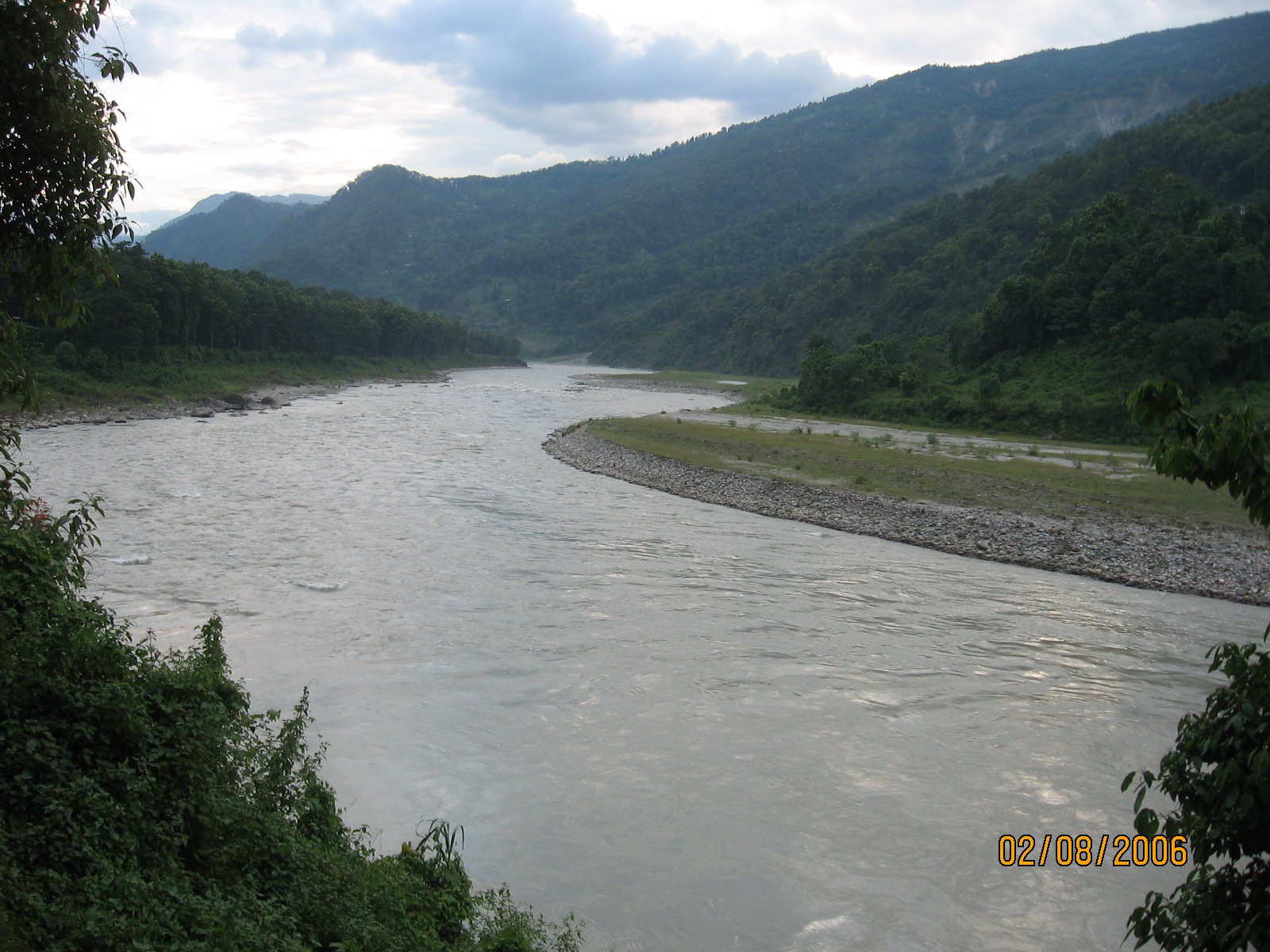





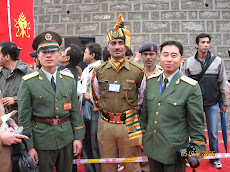
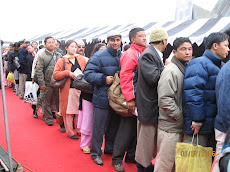




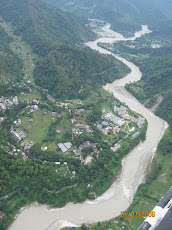




















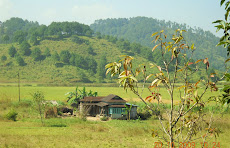









.jpg)


















